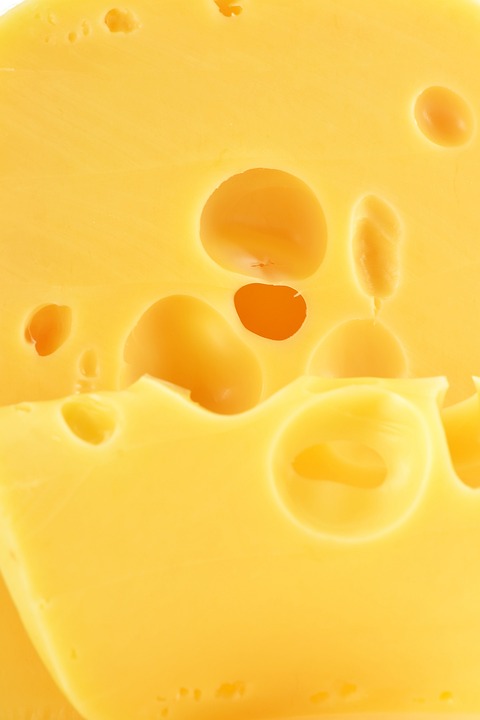The Future of Butter Innovation and Emerging Market Trends
Introduction
Butter has been a staple in kitchens around the world for centuries, but as consumer preferences shift towards healthier and more sustainable options, the butter industry is facing new challenges and opportunities. In this report, we will explore the future of butter innovation and emerging market trends that are shaping the industry.
Current Market Landscape
The global butter market is currently valued at over $20 billion and is expected to grow at a CAGR of 3.5% from 2021 to 2026. The key drivers of this growth include increasing consumer awareness about the health benefits of natural fats, rising demand for organic and grass-fed butter, and the growing popularity of gourmet and flavored butters.
Technological Innovations in Butter Production
Advancements in technology are revolutionizing the way butter is produced, leading to higher quality products and improved efficiency. One of the key innovations in butter production is the use of ultra-high temperature processing (UHT), which extends the shelf life of butter without the need for preservatives. Additionally, new packaging technologies such as vacuum-sealed containers and resealable lids are helping to preserve the freshness of butter for longer periods.
Health and Wellness Trends
As consumer preferences shift towards healthier options, the butter industry is responding by introducing products that cater to these trends. For example, grass-fed butter, which is produced from cows that are fed a diet of grass and other natural foods, is gaining popularity due to its higher levels of omega-3 fatty acids and CLA (conjugated linoleic acid). Similarly, organic butter, which is made from milk that is free from synthetic pesticides and hormones, is also seeing increased demand from health-conscious consumers.
Sustainable Practices
In response to growing concerns about environmental sustainability, the butter industry is making efforts to reduce its carbon footprint and adopt more sustainable practices. Some companies are investing in renewable energy sources such as solar and wind power, while others are implementing waste reduction and recycling programs to minimize their impact on the environment. Additionally, the use of biodegradable packaging materials is becoming more common among butter manufacturers.
Market Trends and Opportunities
One of the emerging trends in the butter market is the rise of plant-based alternatives, such as vegan butter made from ingredients like coconut oil and cashew nuts. These products are gaining traction among consumers who are looking for dairy-free and environmentally friendly options. Another trend is the increasing popularity of flavored butters, which come in a variety of savory and sweet flavors to cater to diverse culinary preferences.
Key Players in the Industry
Some of the leading players in the global butter market include Arla Foods, Fonterra Co-operative Group, Kerry Group, Land O’Lakes, and FrieslandCampina. These companies are investing in research and development to create innovative butter products that meet the evolving needs of consumers. For example, Arla Foods recently launched a line of organic butter made from milk sourced from sustainable farms, while Kerry Group introduced a range of probiotic butter that promotes gut health.
Conclusion
In conclusion, the future of butter innovation is bright, with technological advancements, health and wellness trends, and sustainable practices driving growth in the industry. As consumers become more conscious of their food choices, butter manufacturers are adapting to meet their changing preferences and needs. By embracing innovation and staying ahead of market trends, the butter industry is poised for continued success in the years to come.



